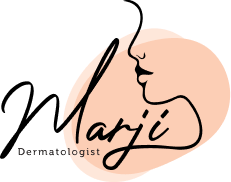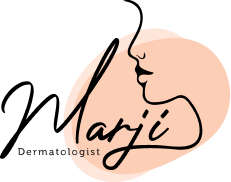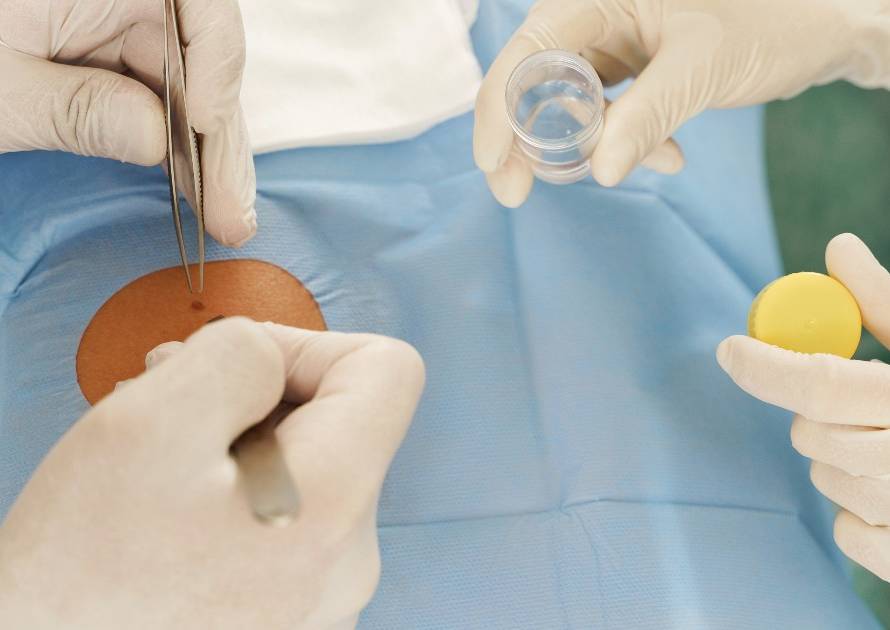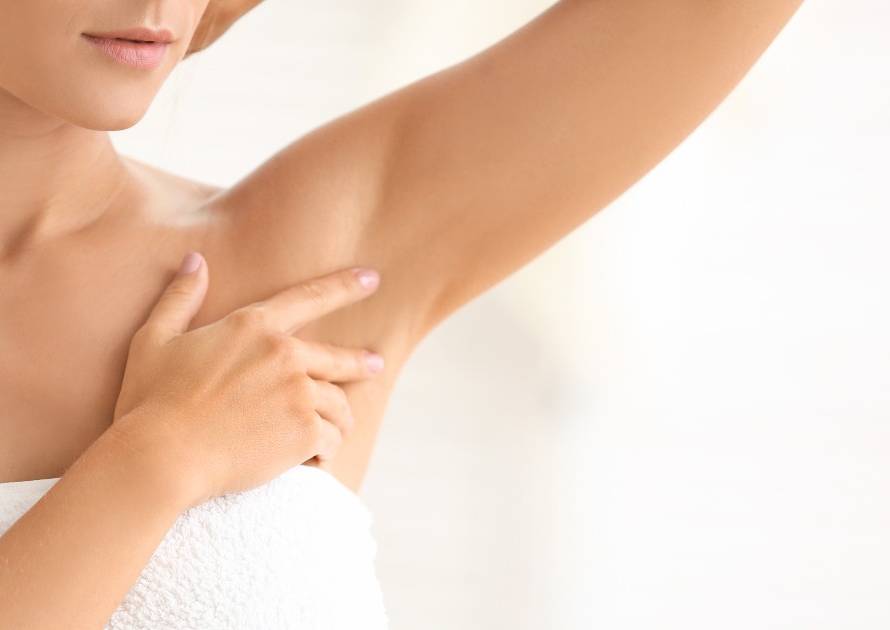Light therapy, also known as phototherapy, is the use of ultraviolet light, including narrowband UVB (311-313 nm) and UVA (320-400 nm), for treatment purposes. Phototherapy has been in use worldwide for nearly a hundred years to treat chronic skin conditions such as psoriasis, vitiligo, and severe atopic dermatitis (eczema).
In conditions such as psoriasis, light therapy can also slow down the development of thick, scaly skin. UV light therapy is used in vitiligo for its additional ability to stimulate melanocytes, the skin’s pigment-producing cells. This makes phototherapy a suitable treatment option for anyone.
Phototherapy is suitable for everyone with chronic skin conditions because it does not involve over-the-counter (OTC) treatments like creams; it is a natural treatment, a steroid-free treatment, and can use a combination of therapies for stronger and more efficient control over symptoms. So, anyone with an objection to any of the treatments mentioned above might find that phototherapy is their best option. It is also a good treatment option for children and women during pregnancy.
Types of Diseases that Phototherapy Can Be Used to Treat
Phototherapy is done for a patient who has generalized skin disease of the following conditions:
- Psoriasis: A chronic skin disease that causes red, itchy, scaly patches, most commonly on the knees, elbows, trunk, and scalp.
- Atopic Dermatitis (eczema): A long-lasting, chronic skin condition that makes your skin red and itchy.
- Vitiligo: A skin condition in which the skin loses its melanocytes, which are the pigment cells. This can result in discolored patches in different areas of the body, including the skin, hair, and mucous membranes.
- Cutaneous T cell lymphoma: This is a condition that causes scaly patches or bumps called lesions or tumors.
- Other skin diseases like lichen planus, prurigo nodular, and many others.
General Tips and Advice
Here is what our dermatologist, Dr. Maha Marji, recommends for patients who are thinking of committing to phototherapy.
- The most important factor for the success of treatment is patient selection; this treatment is usually offered to patients with generalized diseases, who live in the same city, and are willing to commit to showing up for their sessions.
- The phototherapy device consists of a cabinet with multiple long labs from the inside. It has no ceiling, and patients can open or close the door anytime.
How is the Phototherapy Procedure Performed?
The procedure of phototherapy treatment is quite simple and easy. However, make sure that a medical specialist is performing this on you. Here is how the procedure goes:
- First, the patient will be instructed to enter a private room and close the door.
- Then, they will be instructed to remove all their clothes. As for male patients, we recommend they keep their pants on to protect the genitalia. The doctor might ask the patient to cover certain areas depending on the case.
- After that, the patient enters the phototherapy cabinet.
- Then, the patient will put on the protective goggles.
- The patient stands in the middle of the cabinet, the doctor and the supervising nurse will instruct the proper posture,
- The patient can then close the phototherapy cabinet.
- The doctor or the nurse, who will be waiting outside the room, then starts the session using an iPad to control the settings of the session.
- The patient can call for help or go out of the cabinet at any time they feel the need to.
- After the session is over, the patient is advised to apply a soothing, moisturizing cream and to get dressed at their convenience.
Side Effects of Phototherapy
This section will be explaining the short-term and long-term side effects of phototherapy. Here is what you need to know:
- Short Term
- Risk of burns.
- Blisters.
- Tanning.
- Itching and dryness.
- Herpes.
- Long Term
- Photoaging.
- Increased risk of skin cancer.
Contraindications of Phototherapy Treatment
Here is what you need to know regarding whether or not phototherapy is suitable for you. If any of the following applies to you, then phototherapy might not be your best treatment option.
- Patients with severe photosensitivity.
- Personal or family history of skin cancers.
- Previous history of prolonged treatment with cyclosporine.
- Pregnant and breastfeeding women.
- People with uncontrolled seizure disorder.
- People who have genetic diseases with a high risk of skin cancer.
- Those with poor compliance.
- People who suffer from immunosuppression.
Phototherapy and Skin Cancer
It is thought that phototherapy causes cancer. While there is a risk of developing skin cancer long-term, it is very small. However, this risk develops and increases over the years; this is why patients who have been exposed to phototherapy need to get an annual checkup from their doctor. This is especially applicable to patients who did UVA phototherapy and patients who took a large number of sessions.
Number and Duration of Phototherapy Sessions
The number of phototherapy sessions varies from patient to patient. This depends heavily on the type of skin condition, age, gender, and general circumstances of the patient. Usually, sessions are done 3 times per week. The session could last a few seconds or a few minutes, with a gradual increase in the session’s energy and the duration of the session.
After that, an evaluation of response and improvement is done monthly. It is important to note that missed sessions would cause a big delay in the ability to increase the dose to reach the effective amount. If the patient misses 2 weeks of sessions, we have to restart the protocol to avoid any burns.
The entire course of treatment is usually 30 sessions. Moreover, patients who have psoriasis or eczema typically respond with one course of treatment. In contrast, patients with vitiligo and cutaneous T cell lymphoma need more courses as well as maintaining sessions once weekly afterward.
Our clinic is unique with this service; we’ve seen great results in treating our patients. The session is organized so that the patient goes in and out of the session without waiting. The sessions are closely monitored by the doctor herself.
Final Words
Phototherapy, or light therapy, is the use of ultraviolet light, including narrowband UVB (311-313 nm) and UVA (320-400 nm), for treatment purposes. Phototherapy has been in use worldwide for nearly a hundred years to treat chronic skin conditions such as psoriasis, vitiligo, and severe atopic dermatitis (eczema).
It is safe and easy, and it can be suitable for people of all ages, genders, and various skin diseases. Skin conditions like psoriasis, atopic dermatitis (eczema), vitiligo, cutaneous T cell lymphoma, lichen planus, prurigo nodular, and many other skin conditions can be treated using phototherapy.
The sessions are fast; they last from several seconds to several minutes, with the time and duration increasing with every session. You will be instructed by the doctor or the nurse on what to do during the session.



